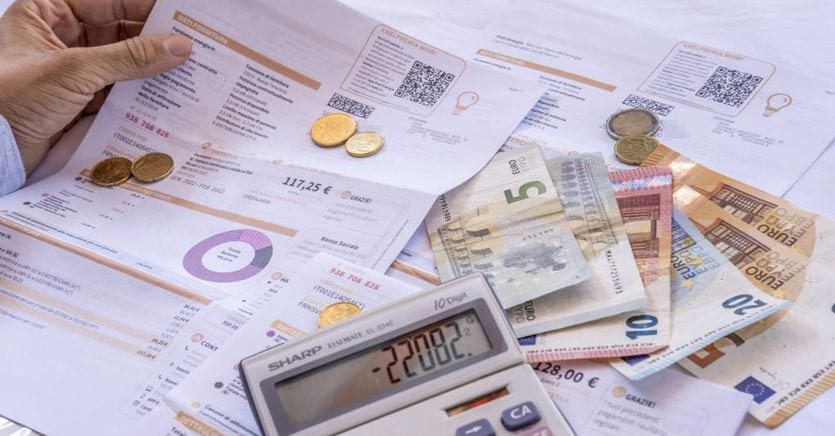2024 should be a year of recovery in the wake of the general improvement in the international economy, together with the continuation of the recovery from inflation which drops to +2.5% and +3.2% in the Centre-North and in the South over the year. It is estimated that GDP will increase by 1.5% at the national level in 2024, due to the effect of +1.7% in the Centre-North and +0.9% in the South.
University desertification
Another element that emerges from the survey concerns the field of education, and in particular the university. According to Svimez, in fact, in 2041 the South and Islands will lose 27% of members, the Center and North around 20%. The university desertification of the South is therefore underway, especially in the smaller and more peripheral locations. In the last twenty years about 1.2 million young people have left the South. One in 4 is a graduate. In 2020 alone, 67,000 young people left and the share of graduates rose to 40%. In the period 2002-2020, the net loss of young people was 770,000, that of graduates by around 250,000.
For 2020 alone, the overall net balance is around 45,000 young people. Of which 20 thousand graduates.
Southern industry more exposed to the race in electricity and gas prices
The increase in electricity and gas prices would translate into an increase in the annual bill of 42.9 billion euros for industrial companies. Of these, approximately 20% (8.2 billion) are found in the South, whose contribution to the added value of national industry is less than 10%. The inflationary surge implies a particularly alarming erosion of profit margins and more concrete operational risks for companies in the South.
The interventions in the midst of the Covid pandemic buffered the emergency
According to the photograph taken by Svimez, the safeguard interventions launched in the midst of the pandemic, from the blocking of layoffs, to the social safety nets in derogation up to the Rem which has been added to the basic income, have buffered social and employment emergencies that otherwise would have assumed dramatic proportions. Net of the worsening of the conditions observed during 2020 – Svimez still points out -, all of these measures have had significant effects in combating poverty. In 2020, therefore, the “substantial government transfers” preserved the economic conditions of families, greatly limiting the decline in incomes. Without these interventions, there would have been almost 2.5 million poor families, almost 450 thousand more than the value recorded in 2020 (just over 2 million), which corresponds to over one million fewer people in conditions of absolute poverty (-750 thousand in the South and -260 thousand in the Centre-North). Without the disbursements, families in absolute poverty would have been 9.4% instead of 7.7%, the incidence for people would have increased to 11.1% instead of stopping at 9.4%. In particular, in the southern regions, without subsidies, the incidence of absolute poverty among families would have reached a dramatic peak of about 13 families for every 100 (13.2% in the South and 12.9% in the Islands), which thanks to the interventions by 3.4 points in the South and 4.5 points in the Islands.
Inflation affects less well-off families, concentrated in the South
Svimez emphasizes the fact that the inflationary crisis presents concrete risks for the sustainability of household and business budgets, with more alarming effects in the South. With reference to families, those with the lowest incomes suffer the most from the consequences of the rise in energy bills and basic necessities, for which the incidence of “incompressible” costs covers around 70% of total consumption. These families are mostly concentrated in Southern Italy. On the basis of Istat 2021 data, in fact, one household out of three residing in the South is in the first quintile of equivalent expenditure (it has an average monthly expenditure less than or equal to the average expenditure of the poorest 20% of all Italian families). In other areas of the country, the percentage is much lower: households placed in the first expenditure quintile are around 13% in the North and just over 14% in the Centre. Considering the inflation acquired for the last year of 8% for all expenditure items (Istat forecast data referring to October 2022), an increase of 8.9% is observed for food and 34.9% % for the item “housing, water, electricity and expenditure on fuel”.
